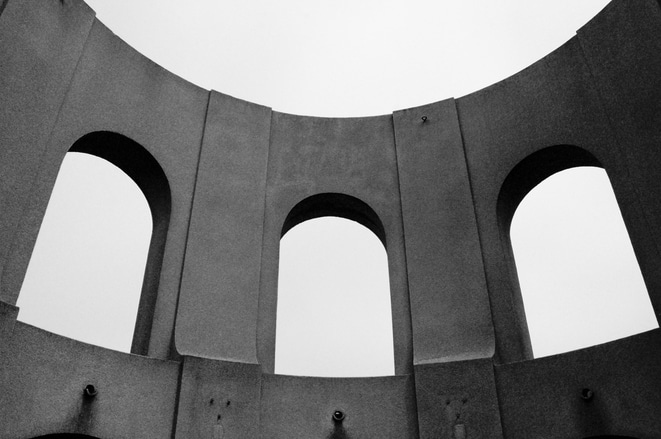Despite what the technology world might have you believe, it’s difficult to create or produce something that’s utterly new and completely original, something that has no ties to past forms, concepts, inventions, paradigms or designs. For example, in the world of photography, you might think that 360-degree digital photos are completely innovative and without precedent.
But in fact, the concept goes back to the late 1700s, when such panoramic images were called cycloramas, which became a popular art form throughout the 19th century. Such works were created on the inside of a cylindrical platform, designed to give viewers standing in the middle of the cylinder a 360-degree view. To do so, a building or structure needed to be designed to show such a panoramic image. So, these works were less virtual than the digital panoramas we have today. Still, they more or less produced the same effect.
Often, the works would depict a variety of subjects, such as a historic place, a religious event or a famous battle, and were realistically rendered to give the viewer a sense of being in the actual setting. In a way, cycloramas were precursors to the present craze about virtual reality as well. Here are two intriguing examples of cyclorama paintings:
Find out more about 360-degree digital cameras in my State of the Art column in the October/November 2016 issue of Professional Artist magazine, available on newsstands and online.
Terry Sullivan is the former editor of Professional Artist magazine and the former technical editor at American Artist magazine. He currently is an editor at Consumer Reports, where he covers digital cameras, camcorders, smart phones, and audio. He is also an artist and musician. Follow him on Twitter: @TerryCR.




